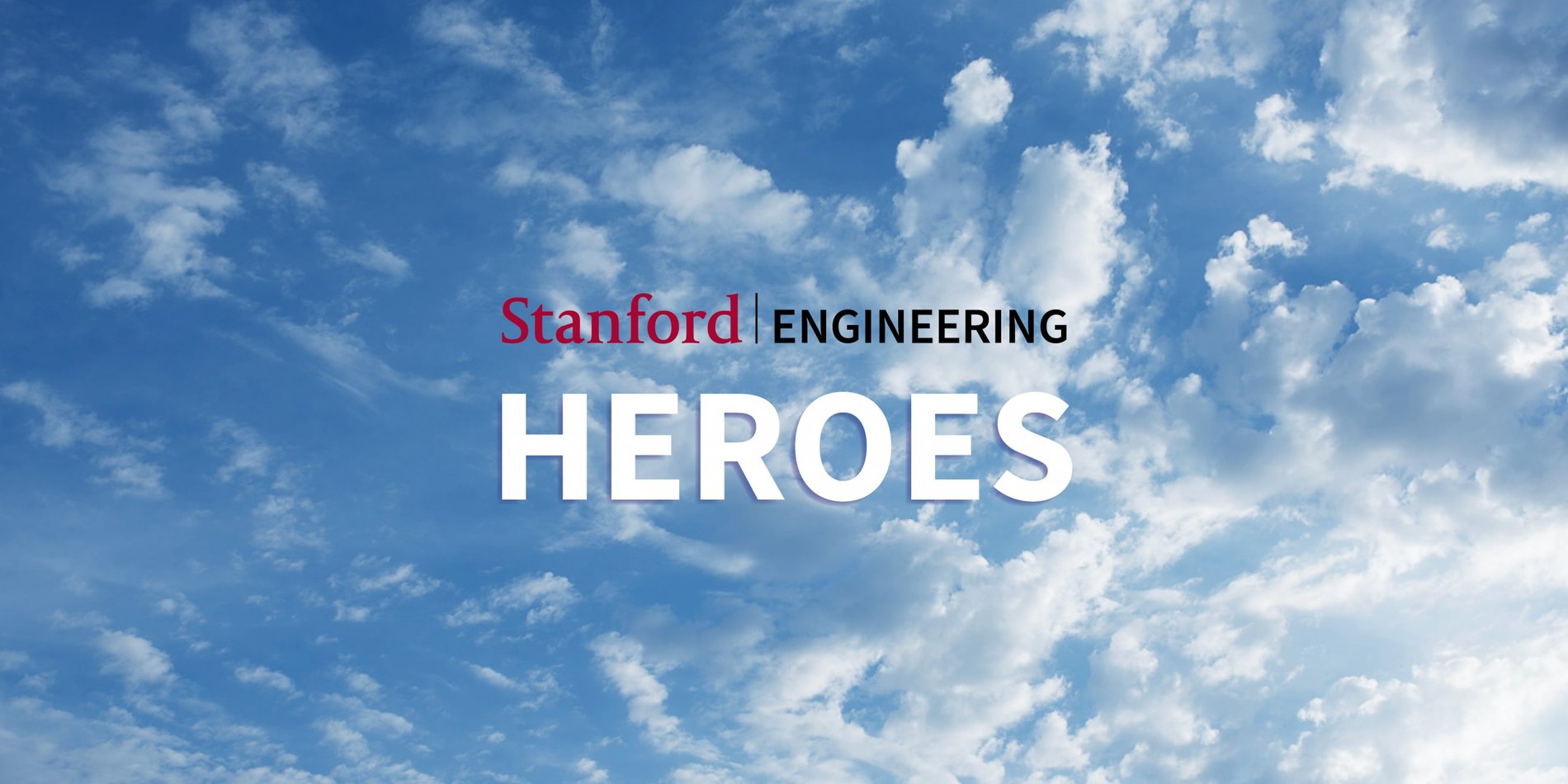Four leaders in their fields named as Stanford Engineering Heroes
A chip designer who transformed the video gaming industry, computer scientist spouses who helped define the field in its early days, and an astronaut who broke down barriers have been named as Stanford Engineering Heroes for 2017–18.
The Engineering Heroes program, which began in 2010, recognizes the contributions of distinguished alumni and emeritus faculty of Stanford School of Engineering. Past winners include Nobel Prize winners, inventors, writers, teachers and entrepreneurs who have shaped the world as we know it. Engineering Heroes are chosen by a panel of technology experts, faculty, alumni, students and historians who are attuned to the breadth of the nominees’ impact on the world.
“One of the highlights of being dean is recognizing the newest class of Engineering Heroes. It’s my privilege to have the opportunity to acknowledge four people who have each in their own way had such a dramatic impact on technology, society and the world,” said Jennifer Widom, dean of Stanford School of Engineering.
This year’s Stanford Engineering Heroes are:
George and Alexandra “Sandra” Forsythe: George Forsythe was the founder of the Department of Computer Science at Stanford, one of the first independent departments of computer science in the country. Sandra, his wife, overcame gender-related academic adversity to become a force in computer science in her own right. She was co-author of the first-ever computer science textbook, Computer Science: A First Course, in 1969.
“[George Forsythe’s] foresight, combined with his untiring efforts to spread the gospel of computing, have had a significant and lasting impact; one might almost regard him as the Martin Luther of the Computer Reformation!” wrote fellow Engineering Hero Don Knuth of his mentor in a tribute published shortly after Forsythe’s death in 1972.
In a recent interview, Knuth said Sandra Forsythe was also an important figure. “Sandra co-wrote the first elementary textbook on computer science. Up to that time, there had been lots of books about computer programming, but this was the first about computer science. It was translated into many languages and went through many editions and was extremely important in the development of the field,” he said. She died in 1980.
Jensen Huang: Born in Taiwan, Jensen Huang studied at Oregon State University before receiving his master’s degree in electrical engineering at Stanford in 1992. The following year he founded NVIDIA, which started out in PC graphics and helped build the gaming market into the largest entertainment industry in the world. Its invention of the graphics processing unit (GPU) in 1999 made possible real-time programmable shading, which defines modern computer graphics, and later helped revolutionize parallel computing. More recently, GPU computing has helped drive the development of modern artificial intelligence applications. Huang and his wife, Lori, are benefactors to numerous organizations, including Stanford School of Engineering. The Huang Engineering Center bears his name.
Mae Jemison: Jemison earned her bachelor’s degree in chemical engineering at Stanford in 1977 and would apply her knowledge and academic excellence to medical school and to becoming a physician. But it was her next career leap for which she will be most remembered. Jemison became the first woman of color in space as an astronaut aboard the Space Shuttle Endeavour and then logging additional time as a member of Spacelab. In total, Jemison has logged 190 hours, 30 minutes, 23 seconds in space. In the years since, she has received 9 honorary doctorates and, in 2012, authored the winning bid on DARPA’s 100 Year Starship project that aims to make human interstellar travel a reality within the next century.
Huang, Jemison and the Forsythes join a select group of Heroes that includes Internet pioneer Vint Cerf, former U.S. Secretary of Defense Bill Perry, astronaut Sally Ride, Hewlett-Packard founders Bill Hewlett and Dave Packard, and Fred Terman, the former Stanford Engineering dean, among numerous others. Learn more about here about Stanford Engineering Heroes.



